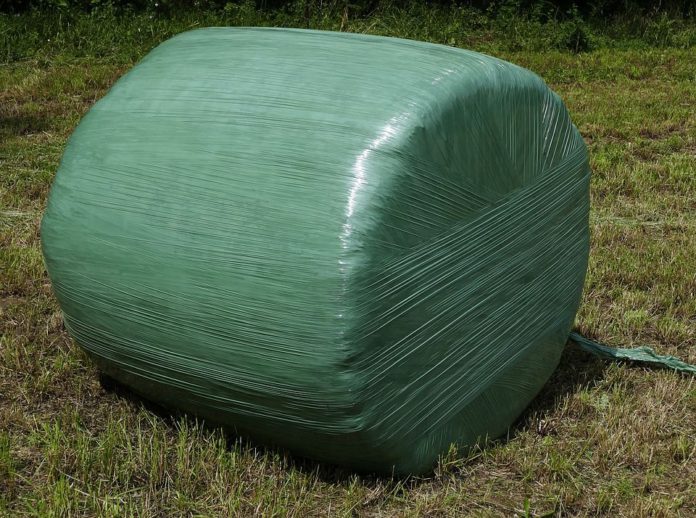In this piece, James Concannon, Walsh Scholar, Teagasc Ballinrobe, discusses grass supplies, how to counteract a winter fodder deficit and the importance of a fodder budget.
It would be of benefit to have a look at your farm’s fodder situation for next winter. See if you need to conserve more silage before the main growing season ends.
Generally speaking, the most cost-effective silage you can make is from your own farm. Purchasing silage can be justified if it can be obtained from a reliable source at a reasonable price.
Also, we want to ensure that a good cover of grass is built up on the farm from August onwards to extend the grazing season for as long as possible while also setting up the farm for an early turnout next spring, weather permitting, of course.
Winter fodder deficit
If you look to be falling into a deficit of winter fodder, there are several options you can take to counteract this:
- Firstly, sourcing quality fodder off a reliable source;
- Also, selling stock such as cull ewes, cull cows, or weanlings, etc;
- Selling store cattle/lambs that you planned to keep for the winter;
- Group forward stores for extra meal feeding to get them ready for sale before housing;
- Cut surplus grass as baled silage over the next number of weeks.
Fodder budget
An effective tool at quantifying the fodder requirements for your farm this winter is completing a fodder budget.
It will consider what fodder has already been made to date and what will be further required to be ensiled.
It will also take into account if you plan to buy in fodder, feed concentrates, and if you plan to use other feeds, e.g., fodder beet.
The fodder budget simply calculates a feed requirement based on what number of livestock you plan to house for the winter. You can plan for any length of winter.
For instance, your farm might generally have a housing period of 4 months. However, you can calculate how much fodder you need for a 5-month winter for you to cover yourself for delayed turnout due to a wet spring. Remember, a fodder surplus is always more advantageous than a fodder deficit.
The fodder budget should also take into account what fields you have taken up for second-cut (estimating expected yield) and any surplus bales you intend to make.
You should aim to have second cuts finished by August 1st to build grass for the autumn.
Spreading 20-30 units of N after grazed paddocks will boost grass production and will allow you to remove surplus grass in the form of bales.
It is better to act now with regard to your winter fodder requirements. Therefore, you can address any deficits at this time of the year while grass is still growing.
Contact your local Teagasc advisor if you would like help in completing a fodder budget this winter.
Read more technical articles from Teagasc.





